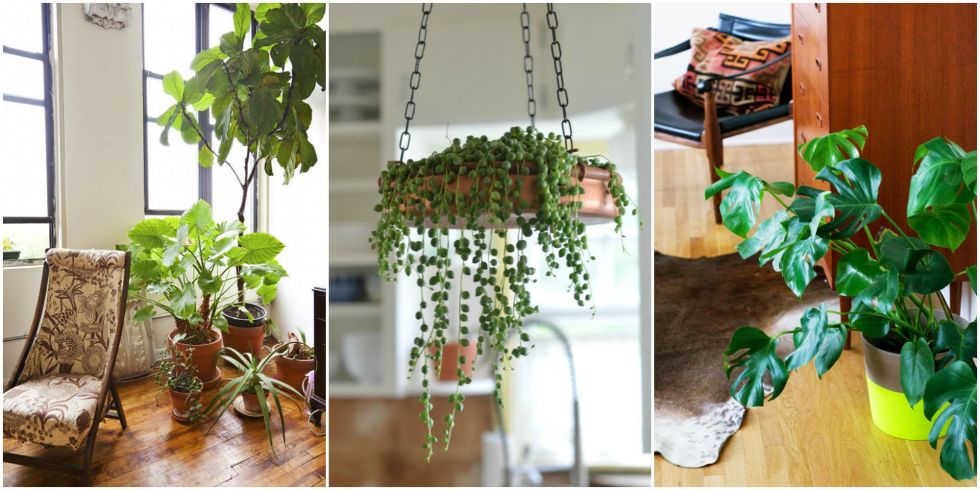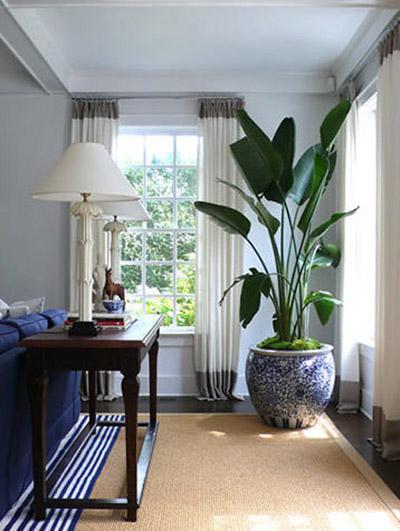Posted by Editor | Comments Off on 8 Common Home Pests You Need to Get Rid Of
8 Common Home Pests You Need to Get Rid Of
Other than roaches, rodents, termites and bed bugs, many homes in Singapore are infiltrated with these common home pests. To get rid of cockroaches is one main goal of hiring a pest control management, but other that you also have to liberate your home from the following common household pests:

Ants – These formidable insects are very good at finding sources of food and are highly adaptive. Even if you do find their nest, they can easily leave the area and find another spot in your home when they feel threatened. Controlling their numbers won’t be easy unless you call for help from a pest control management company in Singapore. After all, different ant species require different pest control methods to terminate pest.
Ticks – These are considered parasite that thrive on the blood of their hosts. They can be found not just on your pets, but also among humans and other animals including the other pests that live in your home. If you live in an old apartment in Singapore, you will need to repair any cracks and gaps in the structure that might be hiding places for ticks and other home pests. To terminate pest, you will need to contact pest control services to determine the best way to get rid of the infestation.
Mites – There are various species of mites, but the one you have to look out for cause skin irritation and become vectors for deadly diseases. It’s difficult to determine if your home has a mite infestation, but the first sign is usually the allergies and skin irritation among family members and pets. Call www.pestdestroyer.sg in Singapore if you think you have mite infestation at home.
Silverfish – If you have a lot of storage boxes and books at home, you will also most likely find silverfish near them. They can be destructive when they thrive in dark and damp areas and could destroy your clothing, books and other paper, upholstery and wallpaper. Silverfish infestation can also attract other insects in your home that feed on them, and they can also cause allergies in some people.

Gnats – These are classified one of the several types of flies and are commonly attracted to areas in your home that have decomposing food and moist soil. Although they will not cause any structural damage in residential areas, gnats can be carriers of pathogens not just for humans, but also for house plants.
Lice – Different species of lice live in different hosts, and even the human lice can only thrive in specific areas. If you have pets infested with lice, they can also cause skin irritation and rashes among humans. To terminate pest effectively, you will need recommendations from the pest control services in Singapore on which chemicals should be used to watch clothing and linen.
Meal Moths – Also called weevils, meal moths are not just attracted to food and can spoil them, but they can also feed on your clothes, carpets, and linen. Call the pest control management company to assess the situation.
Spiders – They do not necessarily cause structural damage and health problems, but there are a few species that can cause serious medical issues if venomous. If you think that your home is spider-infested, call the pest control services to perform an assessment.
These pests are not only a threat to your property, but also to your and your family’s health. Make sure to have your home free from many of these disease-causing pests by calling a professional pest control service.

Posted by Editor | 0 Comments
Indoor Plants for Your Home
Not everyone can have a garden especially if you live in an apartment. The best alternative is to buy indoor plants. They are a great decoration but some plants also have beneficial properties.

Here are tips to get you started.
Care for Indoor Plants
- Know the type of plant you bought. Plants require different amounts of sunlight, water and nutrition to survive. Too much water can make the roots of some plants rot. Too much sunlight will make some wilt easily, but others need a lot of sunlight.
- Inspect plants before buying. Check the plants for pests and diseases before you purchase them. It’s difficult to stop the spread of plant diseases once they enter your home.
- Plant in healthy soil. If you want to plant it yourself, make sure that the soil is fungus-free. Buy from reputable shops. You can place decorations in the pots or jars too.
- Water your plants accordingly. Just because they can be grown indoors does not mean they don’t need water. Some plants however don’t need to be watered every day.
- Provide right amount of sunlight. Make sure you place plants that require a lot of sunlight near windows that get a lot of light. Rosemary is one example of a plant that needs a lot of sunlight.
- Don’t place plants near air conditioners. This will dry out the soil and leaves. Placing them near other appliances can also damage the plants. If you have kids at home, place them where they can’t be reached easily. Don’t use breakable pots or jars too to avoid accidents.
- Keep pests away. Pests and fungus can spread quickly. The best way to stop this is through early prevention by not bringing infected indoor plants into your home.

Types of Indoor Plants
There are a lot of indoor plants to choose from. Pick those that suit your lifestyle and needs.
- Money plants should not be exposed to direct sunlight. They can also grow big so don’t pick these if you have a small apartment.
- Aloe looks great as a decorative plant. Its leaves also have a gel useful for a lot of things.
- Rosemary can be used as a herb for cooking. You can place it near a window for direct sunlight. It needs less water too.
- Succulents look great and don’t need a lot of water. You can spray them with water once a week to keep them healthy.
- Bamboo can be placed in a water-filled container. They don’t need a lot of sunlight and they make a perfect ornament for your living area.
- Air plants don’t require soil to grow. As the name implies, air plants need an open room to thrive. They don’t need a lot of water as well.


